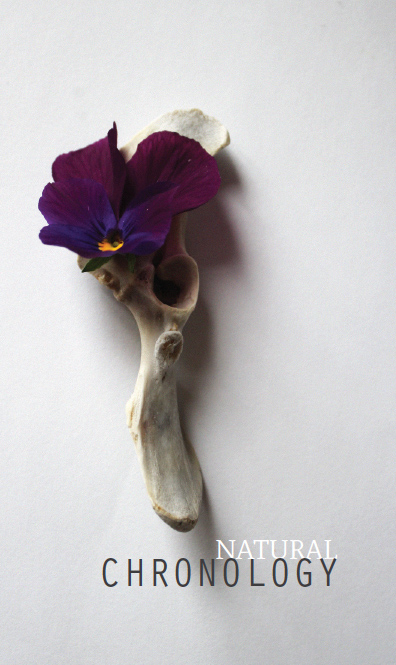FIEN COMMERE, Decrease : How to reconsider our relation to heating ?, 2022
Consider heat as a friend! As an existence that envelops, embraces, and reassures you. As something that might provide answers to your interrogations or doubts.
See heat as a provider of love and confidence, as a support in hard times that may help you letting go and free yourself.
Be convinced that heat can bring people together !
These next pages will help you reconsider this invisible friend. This abstract deals with our relation to heating and the resources that are linked to it. How did we, mankind, evolve to be unconcerned beings when it ?
Fien_Commere – abstract_2022

LOUISE BOULANGER, Warning about warning, 2022
This research work is a world tour of the devices and services available to travellers in airport waiting areas to make time go faster. Through these devices, the attention of travellers is occupied, diverted, manipulated and if their aim is to make time fly and to make waiting more pleasant, one may ask whether they are legitimate from an eco-responsible point of view. The edition you are holding in your hands is thus a state of the art to determine which forms of attention are desirable in airport waiting areas and which are not. The aim is to define, based on examples, the stakes in these places for an environmentally responsible designer.
louise_boulanger_abstract_2022
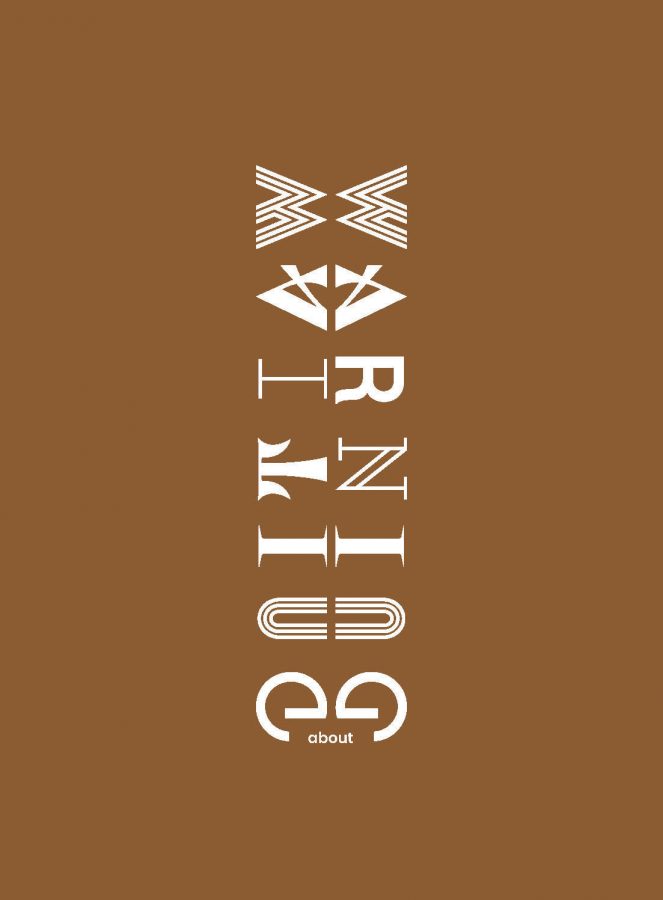
AUDE MOURIN, Tell me…, 2022
The notions of travel, translation and culture have always interested me. I’m working on these ideas in my practice as a graphic designer, particularly by working on language, alphabets or even visual translation.
I also met children while traveling around the world, we were not speaking the same language but the way of connecting, laughing and playing is, in a way, universal. I have this feeling that children are less influenced by the culture of their country and have fewer social codes than adults.
So I told myself that working with this audience in my project would allow me to change my habits, look at it differently and question the visual codes that I use. This is how the idea of a research work on the adaptation of migrant children came naturally to me. It turns out that in the school context of language learning, there is currently a real lack of pedagogical support. I want to know how graphic design by creating pedagogical tools can help them to learn and to adapt to their new lives.
AudeMourin_Abstract_2022
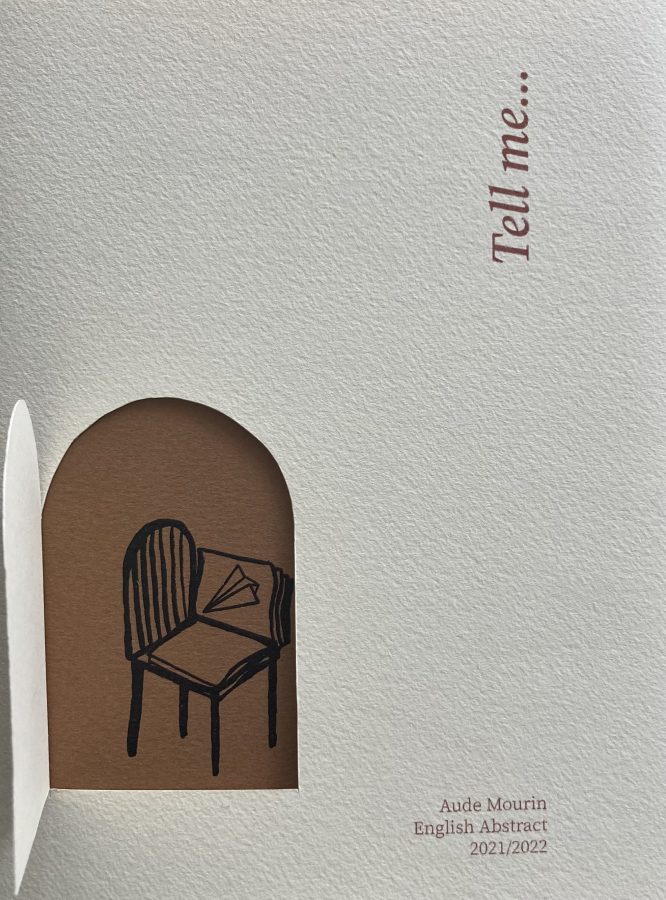
MARION LORRAIN, Trees, a symbol for humankind and a model for design, 2022
This research has been made for a Master Degree in Applied Arts, specializing in Product Design and sustainability. I have always been fascinated by trees. I can keep on observing them for hours, drawing them, trying to figure out what is so graceful in their structure. One might find this connexion to trees rather odd, although am definitely not the only one to worry about the humankind’s detachment from other living beings. The French botanist Francis Hallé says that regarding the different crisis we are going through, we need to cling to something solid such as trees, which are precisely a symbol of immutability, resilience and wisdom. Could it be, also, a model for sustainable design ?
Marion_Lorrain_abstract_2022

SORENZA BERGER, The dry tolets : the next place to be in small towns, 2022
Public toilets are useful places but are unequally accessible throughout the world. In this abstract the international context is broad with huge differences, for example, between toilets in India or in Japan. The current design production is analysed with the Restroom Pavilion in La Biennale di Venezia and with an inspiring example at the Olympic games of Tokyo. This text explains the hindrances and fears caused by dry public toilets in particular. Some solutions are displayed to make it a lively place and attract users. One of the solutions is more developed and consists in adding services next to the toilets. Dry public toilets imply a cycle: eating, eliminating and cultivating. The cycle is particularly significant in Saint-Pierre-de-Frugie’s toilet project. Besides, the « Cradle to cradle » principle is crucial in the whole process of design of dry public toilets from the initial design phase to the construction phase and finally the uses.
Berger_Sorenza_abstrac_2022
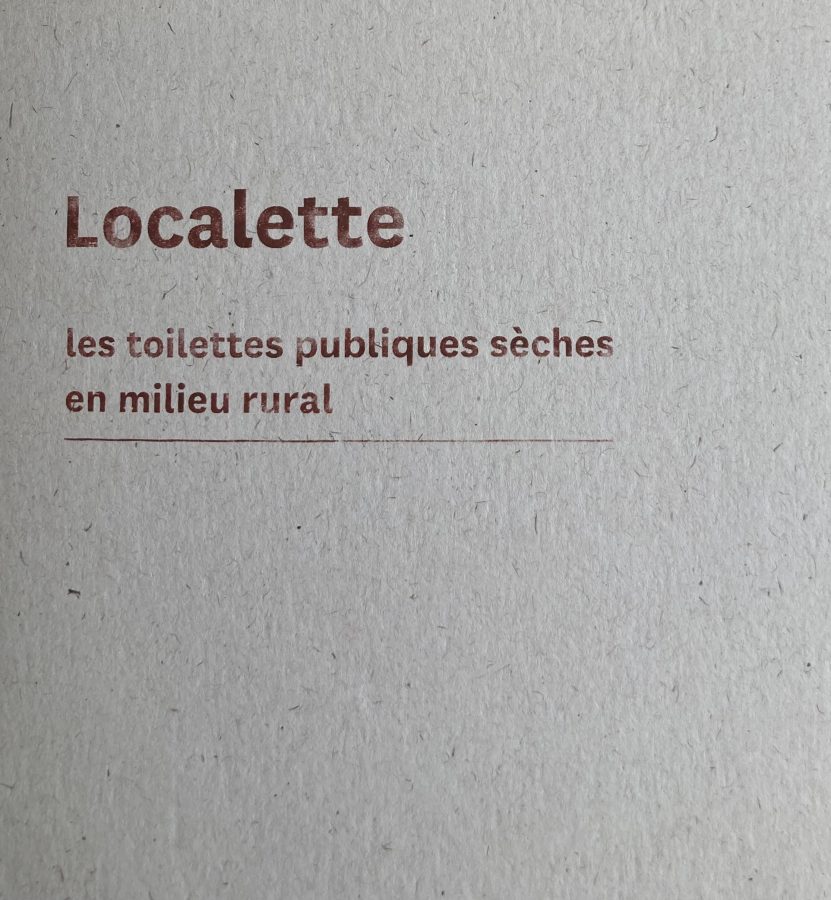
SOLINE HARDY, Marginal time, how to slow down, 2021
Do you really have time to read this abstract ? Are you sure ? Well, that’s great because we are going to talk about time, free time, full time, and their constitutive rhythms. As a student, I often feel oppressed by the need to maximize my planning : I can’t lose a minute because each one counts, and I feel guilty as soon as I take some time off or I’m not efficient enough. That’s why I have decided to make this struggle, that I share with half of the French population1, the starting point of my research in design.
I wonder how, as a graphic designer, I can alleviate the fear of losing time and why the constant rush that results from this fear is unsustainable ?
Soline_Hardy_abstract_2021
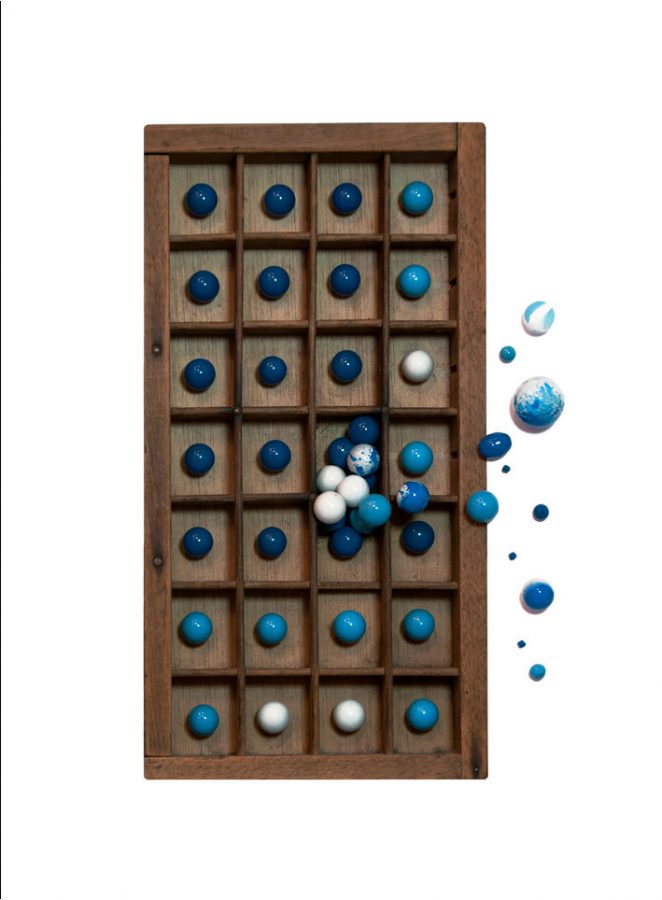
AUDREY BENAS, Enhancing ordinariness, for a sustainable horizon in private housing developments ?, 2021
For us, the infra-ordinary seems obvious and insignificant. In a society focused on overconsumption, sensational events and the quest for growth, we find ourselves considering what is out of the ordinariness. In addition, repetition and habits of everyday life reduce what surrounds us each day. However, maybe we should be more attentive to what already exists. And maybe we should take time to question ourselves about our ways of living and what impact they have on our territory in order to start imagining a sustainable and desired future.
We will call it catching our spatial truth.
How can we acquire a new interest for the infra-ordinary? How can the spatial designer allow us to become aware of our current way of life? Finally, how can he help us envisage a new more ecologically responsible and shared horizon, and modify our practices? And so why not act in private housing developments?
28042021_Abstract_audreybenas
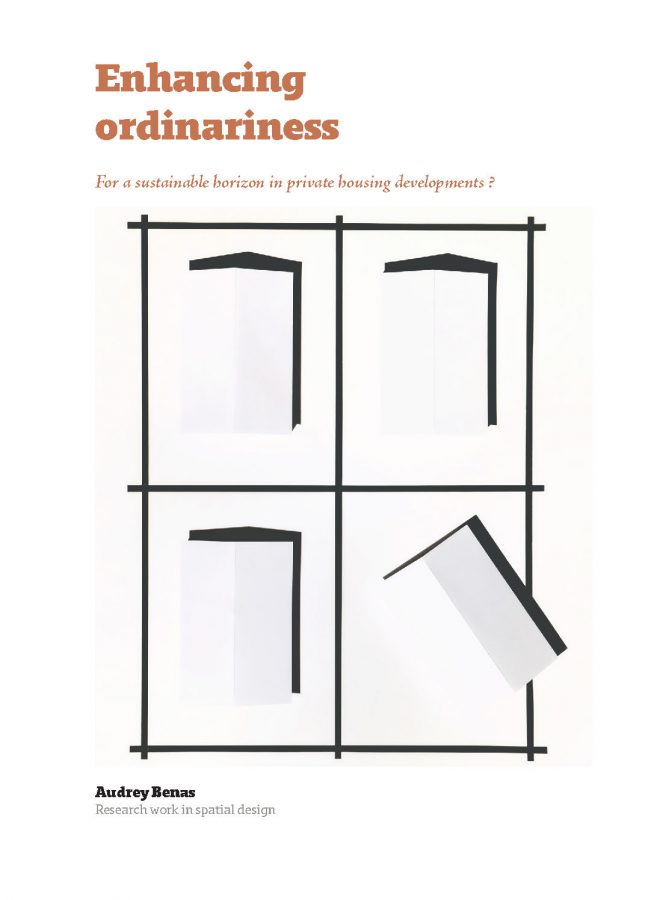
LAURIE BEAUVILAIN, Public space, a terriorial common ?, 2021
This abstract starts with the tension between the consideration of the public space in the city-dwellers everyday life and its implementation as a common good. From this comes a hypothesis : is the public space an essential resource? If this intuition was right, the designer might have a role to play to help citizens-inhabitants on the self-management of a territorial common good.
What are the methods and the competences of an environmental designer? How could the designer act to a sustainable management of a territorial resource by the inhabitants?
270421_Abstract_Laurie_Beauvilain
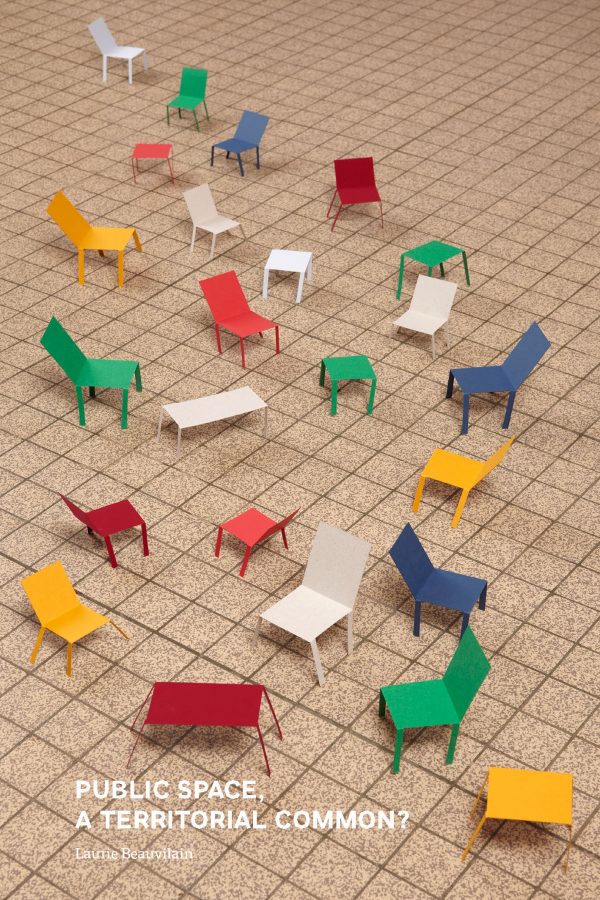
LUDIVINE PABEAU, Sobering down, 2020
The effects of climate change are more and more obvious, not only in our everyday life, but also in society as a whole. Nowadays, wine producers, that are not part of a prosperous economic system have to face great difficulties in order to continue producing wine in a sustainable way. Through the analysis of the territory of Charente-Maritime in France, I wanted to highlight the many problems that are currently putting in danger the very identity of a territory. As a spatial designer, I focused on the ideas of transmission and mediation, to allow this territory to fight and resist.
Ludivine Pabeau_abstract_2020
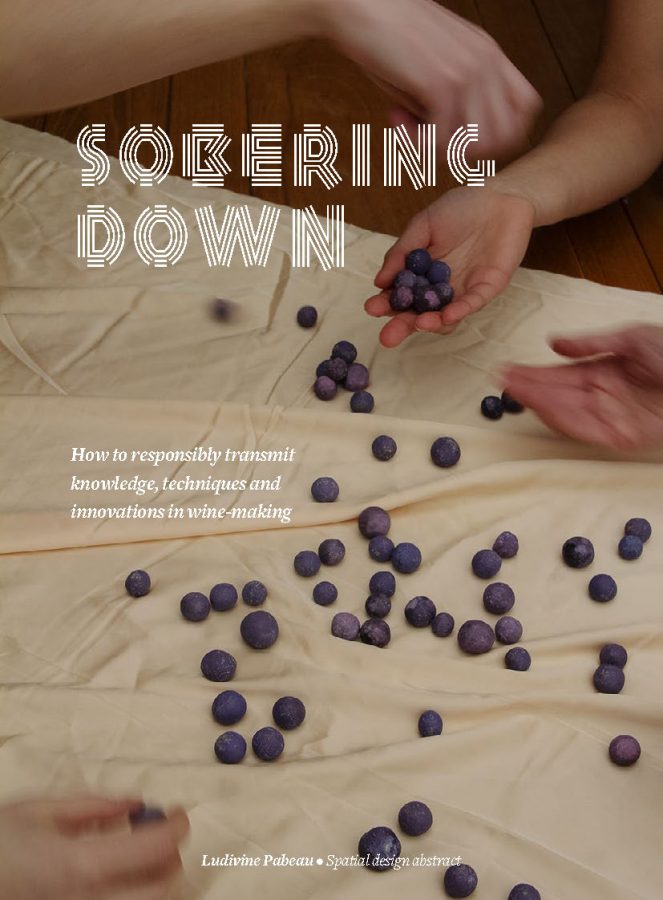
LÉA SABRIÉ, We. (hand)Write. Words, 2020
In the area of screens and instataneousness, is a designer likely to rehabilitate the work of the body and the notion of slowness ? Wouldn’t this also be an opportunity to offer a new image and impetus to the handwriting and paper correspondence practices ?
Lea Sabrie_We. (hand)write. words._2020

HÉLOÏSE BAL, Citizen CO-construction, 2020
How can the link between citizens, their territory and their political representatives be restored and strengthened? Is it possible to make the public space become again a political space conducive to debates and exchanges, meetings and interactions? How can the spatial designer act? On several levels, this thesis questions the power of design to influence space and, hence, the individuals who inhabit it, and its capacity to make relations between citizens and public institutions more peaceful. It aims to show how the spatial designer – thanks to her knowledge of urban spaces, her interest for users and uses, her empathy and her ability
to solve complex problems – is able to make citizens get committed to urban planning projects that affect their territory and thus provide answers to the current democratic deficit.
Héloïse Bal_Citizen co-construction_2020

QUENTIN BOUGOT, Desperate times call for modest measures, 2020
This abstract starts with the tension between the possibility of global crises to come – climate crisis, financial crisis, political crisis, etc. – and the condition of existence of the working classes. From this comes a hypothesis: is there not any form of withstanding to crises in the way working-class people live and shape their relation to the world? If this intuition was right, then the designer might have a role to play on representations that have
overlooked virtuous cultures and practices already experienced by a large part of the population.
Quentin Bougot_Desesperate Times, call for modest measures_2020

GAËLLE FOURNIER, Urban disorders, 2020
The city should be a complex system, the consequence of a collective construction by a heterogeneous community. Nowadays, however, it testifies to the global guidelines that are being introduced there and which are gradually erasing cultural habits and distinctive characteristics. What if the spatial designer had a role to play in preserving the singularities of the inhabitants and their ways of inhabiting the city ? This abstract tries to question, through the spatial designer’s vision, the tools of resistance necessary for building neighborhoods that testify to encounters, events, habits and that mirror the presence of the people who live there. What would a city look like if a designer proposed actions that disrupt the established order and allow the inhabitants to reclaim their living spaces? What degree of disorder would be necessary to resist a less and less inhabited territory ?
Gaëlle Fournier_Urban disorders_2020

ASTRID BIRET, Let’s stand up and Act !, 2020
When was the last time you read a play? Have you noticed that theatre is a particular literary genre? It’s an oral text, it’s dialogue, it’s an art of action. Just by its form, the theatre text invites people to read aloud and make gestures. The stage directions, specific to drama texts, describe the postures, gestures, actions and intonation of the actors. In order to come to life, the theatre text must be embodied by the reader. And if the lay reader is not guided at all, it is very likely that he will read theatre like any other literary genre—sitting and in silence— or not read theatre at all. Besides, isn’t it the graphic designer’s role to provide visual accompaniment? Based on this observation, how can the graphic designer, through this work on the theatrical text, stimulate our ability to move, read and act together ?
Astrid Biret_Let’s stand up and act_2020

LOUISE WAMBERGUE, Decrescent dialects, 2020
We are facing an endless homogenization of culture and languages around the world. But have we clearly understood what losing all those languages means? I chose to focus on the little known, and nearly dead French linguistic area, named the Croissant and its particular interest. In this abstract, written in English, I want to emphasize some parts of my research, such as otherness, but also identify and question what is done, in the Graphic design field, about disappearing languages around the world, to be able to position myself in this landscape.
Louise Wambergue_DeCrescent dialects_2020
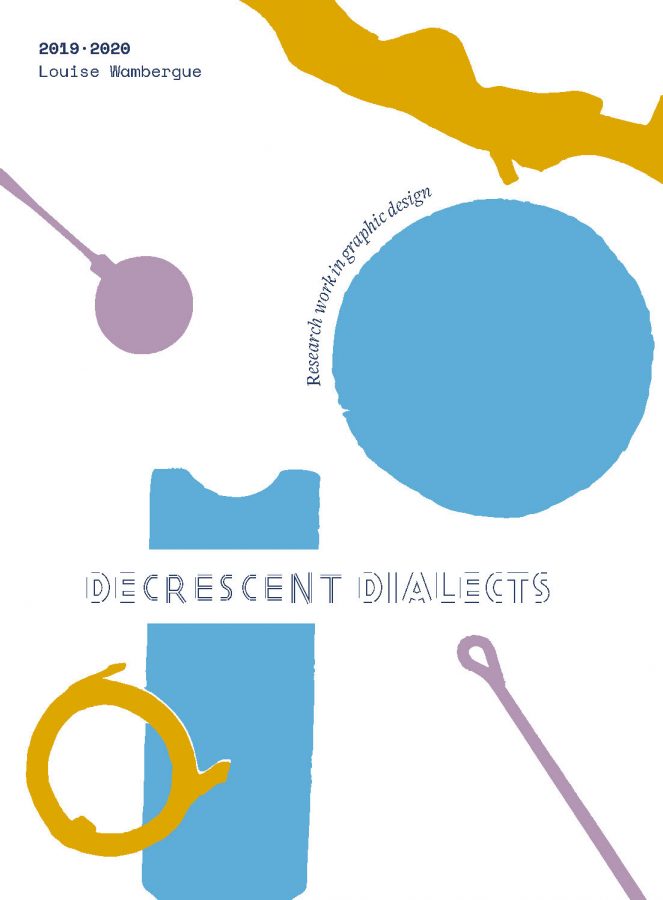
CLARA MORICHON, ALEABORATORY, 2019
Can the aleatory be a way to disrupt prevailing models by revealing some virtues of discomfort ? Can it become a preparation tool for us to experiment de-growth? This is the opportunity for us designers, to endorse our ethical responsibility and stimulate society’s transformation towards sobriety and cooperation.
Clara Morichon_Aleaboratory_abstract_2019
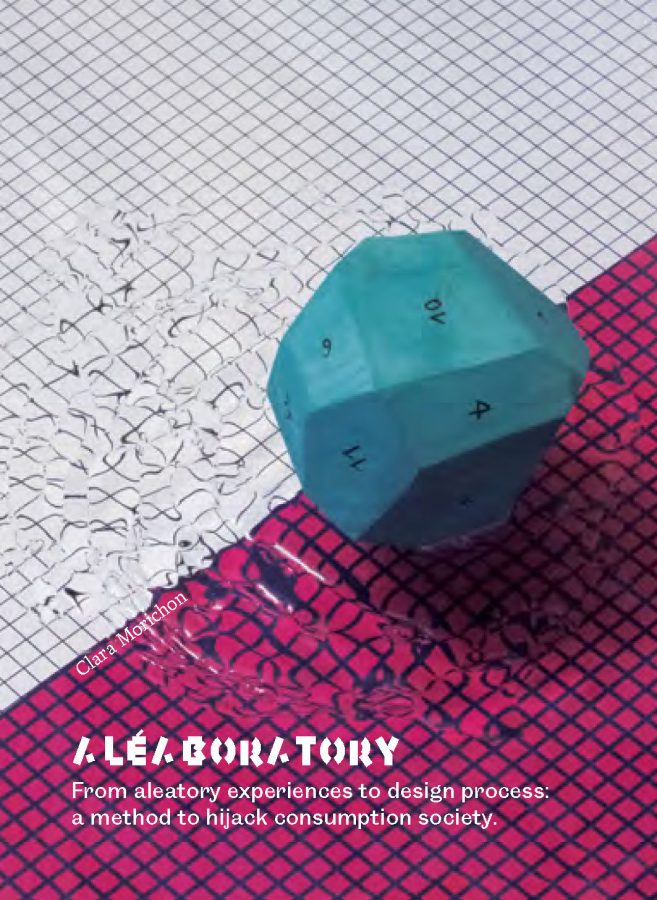
CHLOÉ BOSCH, Insidious pollutions : toward a new stewardship, 2018
Design tries to bring an answer to fix the problem of polluting atmosphere but the response is maybe more a question : how to avoid the problem before having to correct it with others technical systems.
Chloe Bosch_Insidious pollutions_toward a new stewardship_2018
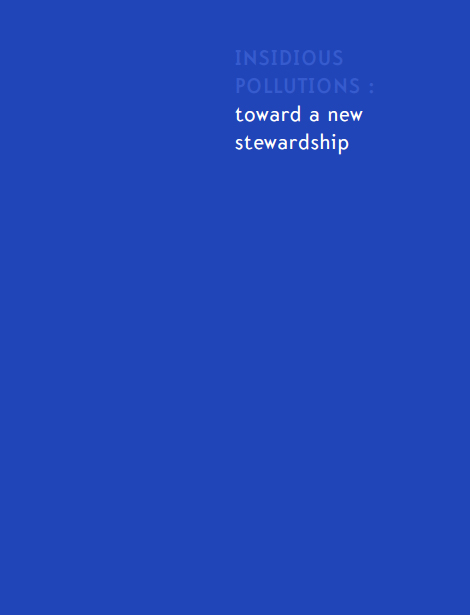
LUCIE COLIN, The soil : living support, 2018
This thesis focuses on the relationship between living support
and graphic support. What is the interest for the designer to study a domain external to the design ? How the living support
influences the support in graphic design ? How can the designer
address a marginal environment devoid of graphic culture ?
Lucie Colin_The soil Living support_2018

LÉONIE BONNET, Users involvment : for better cookery practices, 2018
This abstract questions users’ involvement in cooking through their gestures, and cooking as a physical act which raises consciousness. The aim for designers is to rethink the experience of preparing meals in order to make users interested in.
Leonie Bonnet_Users involvment for better cookery practices_2018

CAROLINE ANGELVY, Grow Art ! , 2018
The aim of this abstract is to compare the French situation with the English one about the establishment of an art and cultural center in an average secondary school.
Caroline Angelvy_Grow Art_2018
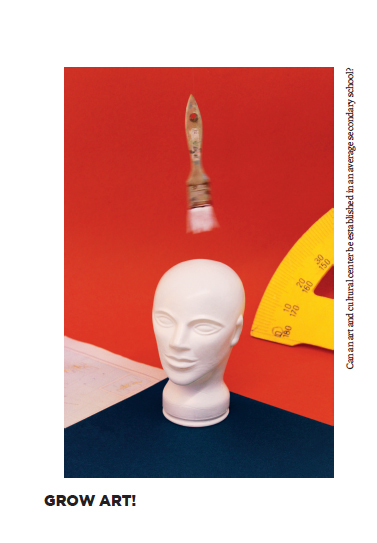
MANON ALVES, Animals on the fringe of society, 2018
Urban animals are differently considered according to cultures. The designer has to examine how they are considered in other countries in order to propose a harmonious coexistence between city dwellers and urban animals. Indeed, urban animals have potentialities which the designer has to highlight and take into account if he wants to propose a common ground for both.
Manon Alves_Animals on the fringe of society_2018
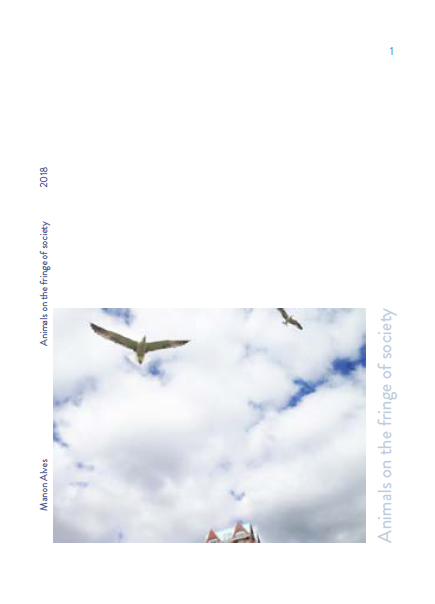
OCÉANE BOQUET, Lexical muse : musical dyslexia, 2018
Speech therapists correct difficulties for dyslectics to communicate in a conventional way. But couldn’t the real goal for a designer be to help to develop personal abilities of each dyslectic ? Couldn’t he help and be the link between dyslectic and non-dyslectic people ?
Oceane Boquet_Lexical muse musical dyslexia_2017
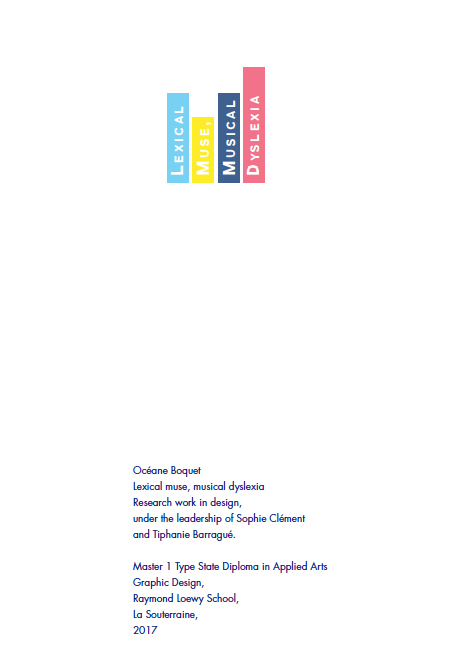
SARAH DUCARRE, Everything must disappear, 2017
With the humanitarian crisis, a lot of people live in camps, in which the living conditions are most of the time deplorable. How can designers meet the issue of waste management in transit camps to improve the living conditions of migrants and the environmental impact of camps ?
Sarah Ducarre_Everything must desappear_2017
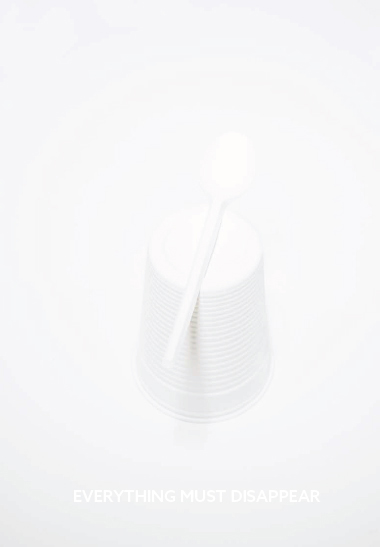
VALENTINE CAVAREC, In search of… the lost season, 2017
Considering food gets so much media attention and that the space and time of food production have been denied, is it possible for a graphic designer to challenge such a trend by introducing reference points into our food diet ?
Valentine Cavarec_In search of the lost season_2017
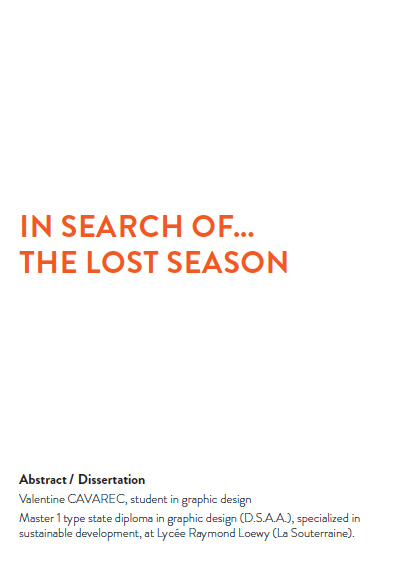
MARTLOU PETOT, Interlude, 2016
Can designers divert people from urban over-stimulation by a new design effect that would be both punctual and durable ?
MarylouPetot_Interlude_2016

ALEXIS QUESSARD, A virtuous abandonment, 2017
Designers must create a new alternative for abandoned objects. Managing individually the end of life of objects could be a solution in order to change the act of discarding into something positive, expiatory and responsible.
Alexis Quessard_A virtuous abandonment_2016
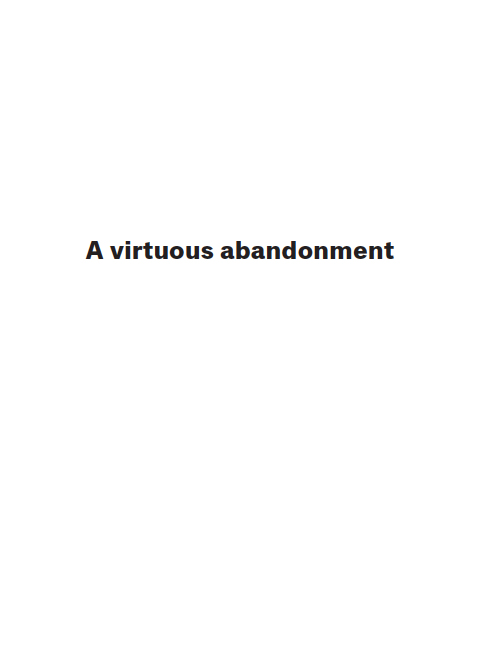
ADRIEN FUCHS, You are invited, 2017
It may be up to the designer to invite people to the dinner table to question their choices in order to construct an event during which everyone could learn how to be together.
Adrien Fuchs_You are invited_2016
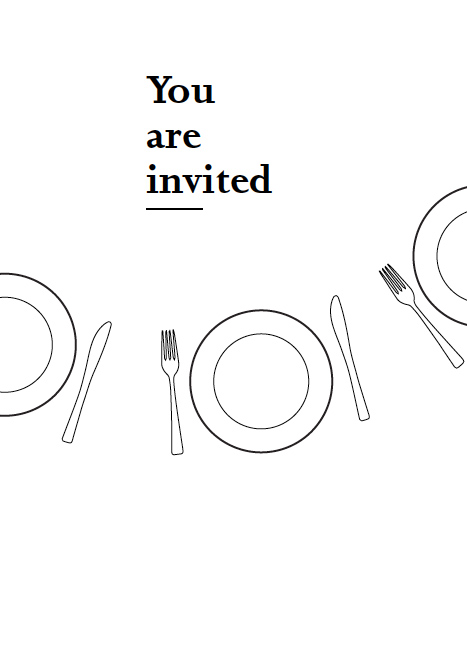
TAMARA THYS, Free the formulas of dreams, 2015
We are going to get interested on the question of the creators of images, the graphic designers, how they have a part to play in this impoverishement, and how they should or could act to get a rid of this mass culture which standardise and impoverish our contemporary society.
Tamara Thys_Free the formulas of dreams_2015
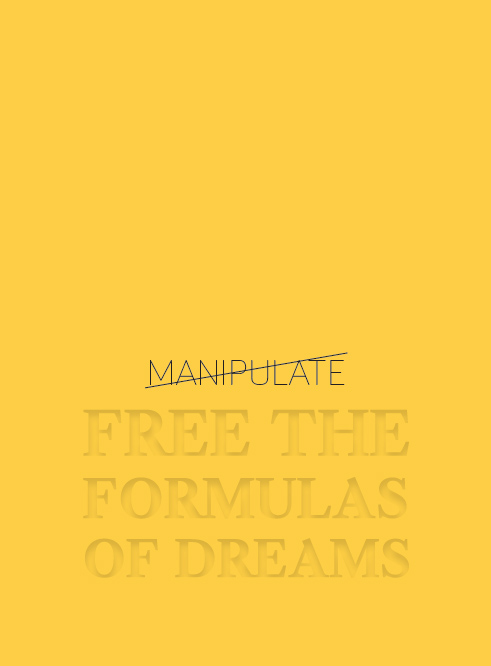
ÉLISE NOËL, Natural chronology, 2015
Because this notion of naturality deals with our body, the symbol used has to be physically close to us : so, jewels are symbolic objects that could express our own natural. They could appear during an important step of life, when it is fundamental to understand that life doesn’t exist without death.
Elise Noel_Natural Chronology-2014
